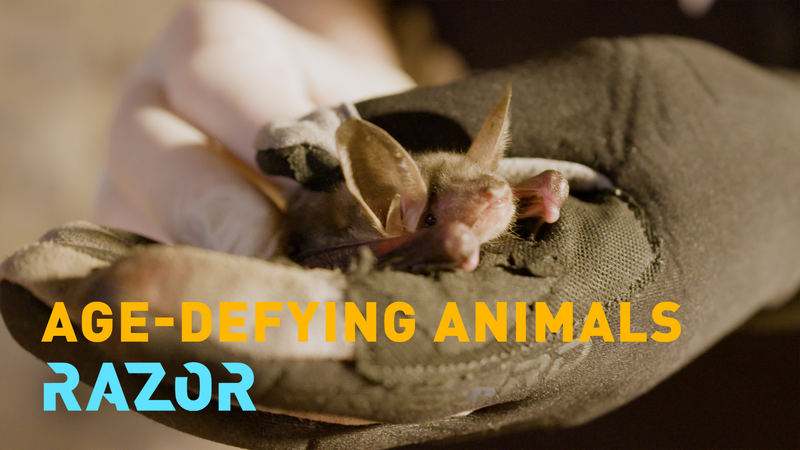Could the secret to a longer, healthier life be fluttering in the night sky? 🦇 In rural France, scientists are on the hunt for clues inside the greater mouse-eared bat—a tiny creature that lives up to ten times longer than expected for its size and resists disease like a superhero. Professor Emma Teeling from University College Dublin and the conservation team at Bretagne-Vivante are tracking these bats, catching them gently, and decoding their unique genetics to uncover longevity boost codes.
Meanwhile, at the University of Birmingham, Professor João Pedro de Magalhães is digging deep into the molecular players behind ageing. His lab is mapping the cellular pathways that decide why our bodies slow down—and how we might keep them running like a well-oiled machine.
Back in the lab, Dr Maximina Yun from research institutes in the Chinese mainland is teaming up with axolotls, those chatty salamanders famous for regrowing body parts. These little regenerators could give us pro tips on healing and tissue repair that seem straight out of sci-fi.
From bat wings to axolotl tails, nature is full of longevity gurus. By comparing these extraordinary animals, researchers hope to write a new chapter in the story of human ageing—one where staying young isn’t just a dream, but a blueprint hidden in our DNA. Ready to dive into the science of longevity? Let’s go! 🌟
Reference(s):
cgtn.com




